A guide to parkland golf courses: history, maintenance tips and more
Masterfully designed to blend with the surrounding woodlands, parkland golf courses are the ideal choice for those who love to play golf while enjoying a lush, serene landscape sheltered from the winds.
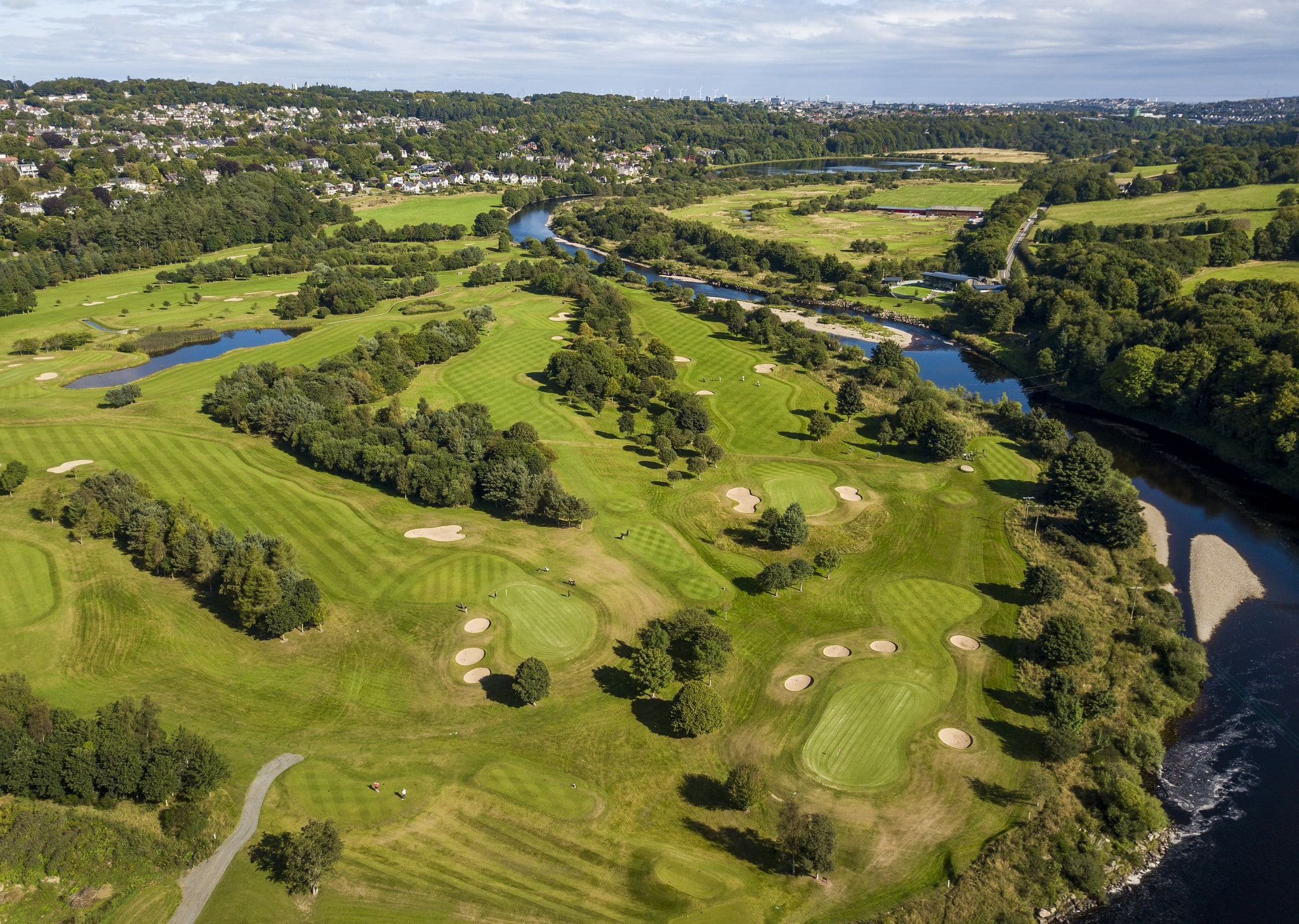
However, this kind of garden-like, manicured course requires a significant amount of maintenance and skill to preserve playability and aesthetics.
In a recent guide, we provided a broad overview of golf course types – from links to heathland, parkland and even par 3s. Here, we zone in on parkland courses to explore their origins, unique characteristics, common maintenance challenges and practical solutions.
How much do you know about the history of your course?
There are now different types of golf courses, but at the beginning golf was synonymous with links, the scenic golf coastal courses originated in Scotland, as discussed in detail here.
Parkland golf started to appear only in the late 19th century, when links courses were brought inland – often built within or next to lush, wooded areas. Indeed, the name comes from their resemblance to traditional English parklands and features including iconic elements such as smooth fairways, expansive tree cover and a more controlled, manicured aesthetic.
Due to the partly artificial nature of these courses, the development of parkland golf was heavily influenced by advances in golf course architecture during the early 20th century.
In particular, famous course designers like Alister MacKenzie, Donald Ross and Robert Trent Jones Sr. played a key role in shaping the style of these courses, incorporating tree-lined fairways, elevation changes and carefully placed bunkers to make up for the lack of natural hazards typical of links golf.
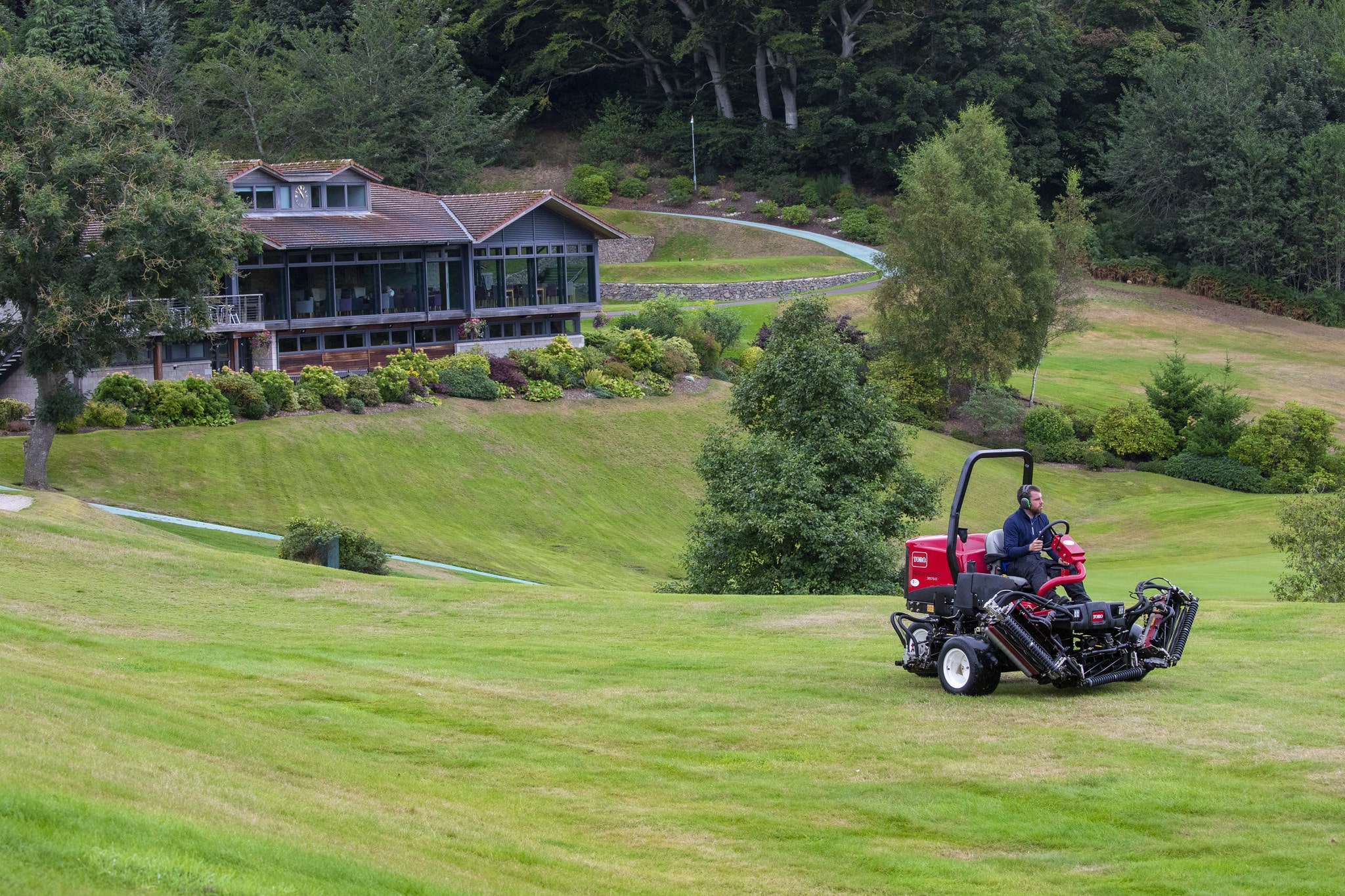
Famous parkland course examples include Deeside Golf Club in Aberdeen, and The Brabazon Course at The Belfry in the UK, a Ryder Cup favourite.
The unique characteristics of parkland courses
While golf courses built in coastal areas are characterised by sandy soil, few trees, irregular slopes and unpredictable winds, parkland courses combine serene woodlands with man-made features such as water hazards and a strategic layout of bunkers.
The result? Stunning scenery and a relaxing golfing experience sought after by many golfers as a peaceful escape.
Below, you’ll find some of the key elements typical of parkland golf course design.
Tree-lined fairways
One of the first things that comes to mind with parkland courses is a verdant course decorated with lush, elegant trees. These natural obstacles are strategically used to frame the fairways, which in this type of course are tight and narrow, making accuracy off the tee essential.
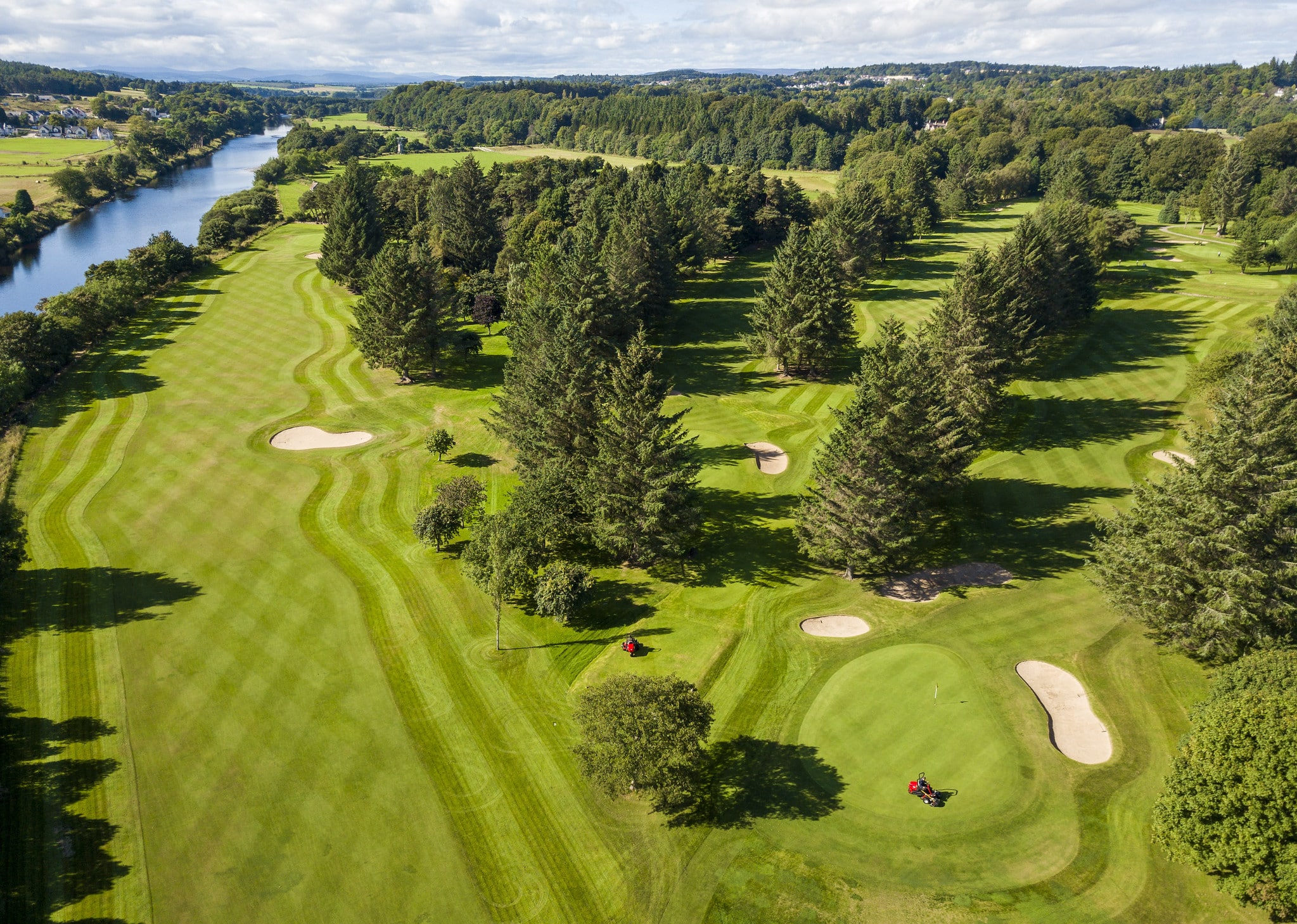
But while golfers here must navigate tight landing areas, the soft, clay-rich turf of parkland courses makes long shots easier to control, minimising bounce and roll.
Manicured greens
Parkland golf courses are renowned for their carpet-smooth, manicured greens. As a result, ball speed in this area of the course is often faster compared to links golf, requiring players to have excellent putting skills. Slowing down to carefully assess the playing surface and using controlled strokes is essential to guarantee a precise putt.
For turfcare professionals, this is where greens rolling with the Toro GreensPro 1260 will come into play. Innovation and technology bring a wealth of features to gently hug and preserve the natural contours of the green, maintaining a smoothing effect for high green speeds for up to 48 hours.
Artificial water hazards and bunkers
While links courses are characterised by natural hazards such as rolling hills, steep bunkers and tall fescue grass, parkland golf must rely on man-made features to challenge players.
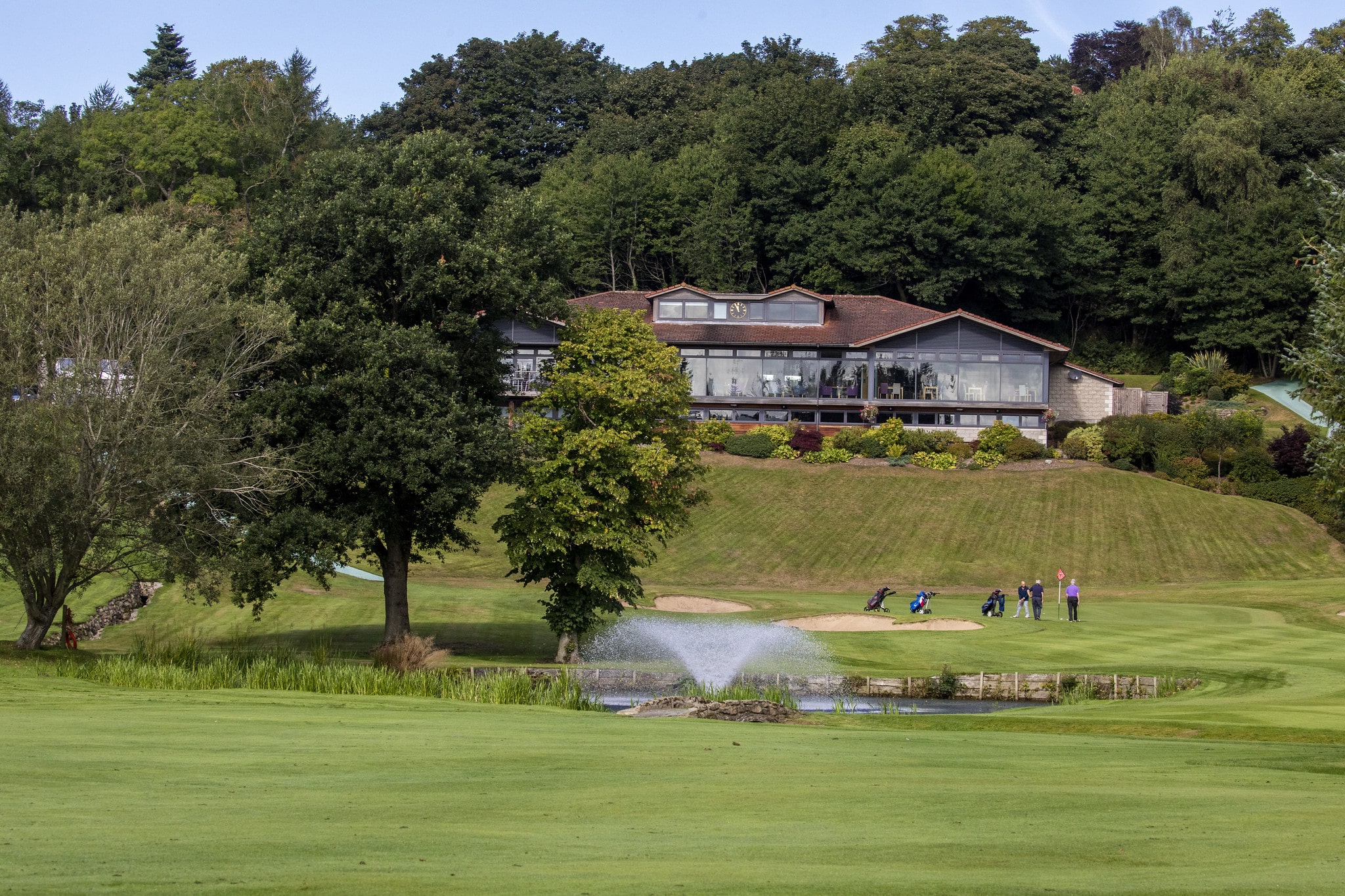
For instance, many parkland courses feature lakes, streams and ponds that extend across multiple holes and are strategically placed to discourage high-risk plays. Artificial bunkers are also carefully designed to challenge approach shots and provide protection for greens.
Clay-rich soil
Parkland golf courses are built on clay-rich, loamy soil, which is excellent for growing turf but does not drain water as well as the sandy soil of links courses.
Due to these characteristics, course managers must focus on proper drainage and aeration techniques to prevent waterlogging and maintain ideal playing conditions. When it comes to aeration – best practices, what type is best, when to do it and additional turfcare practises to support it – we cover all of that and more here but when it comes to the best machinery Toro has plenty of options for all specifications. Pedestrian, wide-area or a preference for deep tine, there’s a ProCore to suit.
What maintenance challenges are associated with parkland courses?
The serene ponds, meticulously raked bunkers, tree-framed fairways and trimmed greens, all combine to offer a visually striking playing experience. However, with so many elements to maintain, the upkeep of parkland golf courses requires a significant amount of planning and expertise to balance aesthetics and playability.
Let’s explore typical maintenance challenges for these courses as well as a few effective solutions.
Managing tree growth and shade
The lush woodlands of parkland courses are both a defining feature and a challenge for turfcare, as trees can deprive surrounding turf of vital sunlight, leading to weaker growth in shaded areas and strong growth in others as Steven Borthwick, Head Greenkeeper at Peebles Golf Club, explains: “General presentation is a big thing as a parkland course, we get strong growth and have a lot of trees, more so than a links course and it’s important that we keep on top of maintenance to ensure the best course appearance.” (Read more about how Steven maintains a clean appearance at a parkland course with AgriMetal here.)
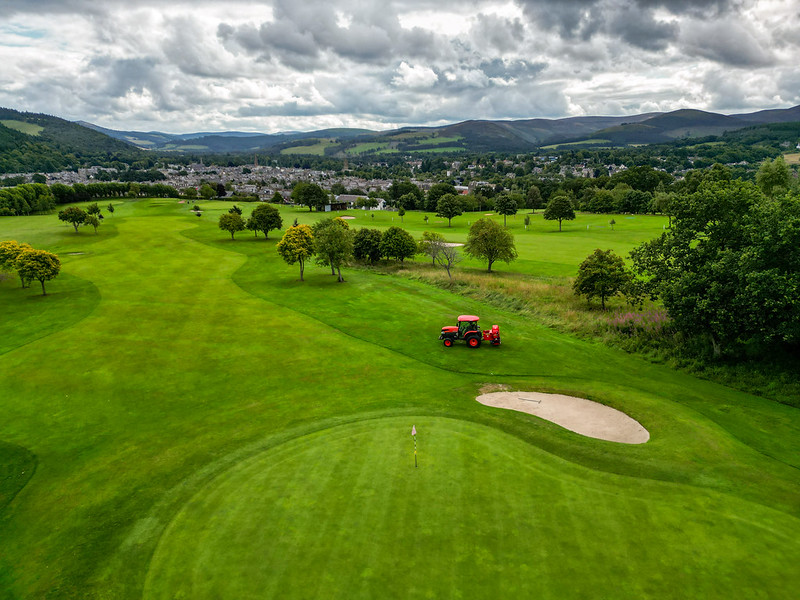
Greenkeepers should strategically prune trees or remove ill-placed specimens to ensure adequate sun exposure and air circulation, helping prevent disease and promote healthy turf.
Foliage can also become an unpleasant issue during the autumn months, when piles of dead leaves and debris accumulate around the course which can affect play, cause an eye sore, lead to grass damage, and can cause danger of slipping on pathways.
Leaf clearance is a subject we’ve covered in depth here – considering how to make an essential potentially labour-intensive job easier and the best tools for the job. Hint: they’re from Toro and AgriMetal.
But in summary it’s important to consider capacity, noise levels and power in making the right choice for your venue. Some products such as the Toro Pro Force debris blower can even blow aeration cores off fairways or greens which makes it even more efficient.
There’s also the option of a cut and collect. The heavily tree-lined course of The Mere has been using the Toro ProLine H800 at its mature parkland course since 2019. Course Manager John Quinn says: “We gave the ProLine the toughest test it will have here and organised the demo to take place in winter to see how it would cope in difficult conditions, and it really impressed us all.
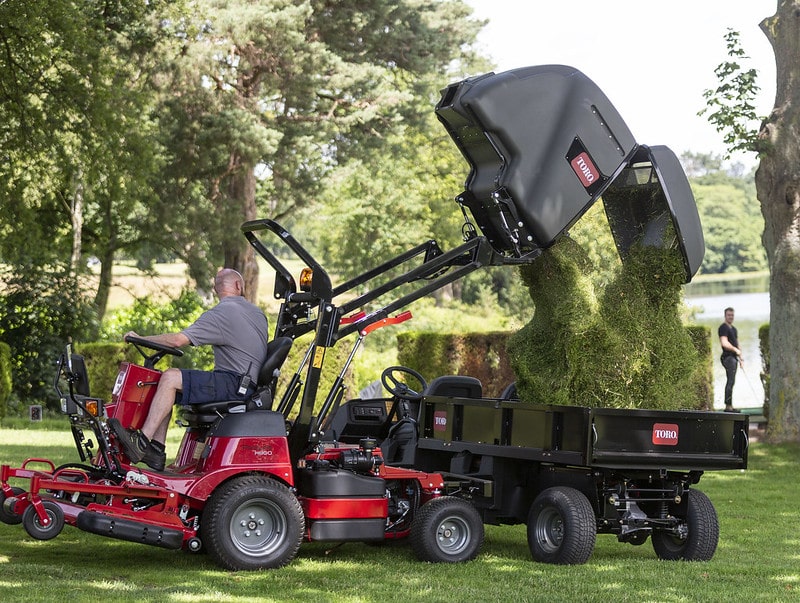
“I’ve used a cut and collect machine before, but not one with enough capacity and power to pick up large piles of leaves, which was no issue for the ProLine. Plus, it will serve us well for core collecting after aerating and is agile enough to easily manoeuvre while cutting in and around the trees.”
Mowing and turf management
The manicured design of parkland courses can be a joy to experience, but for the teams looking after them they require frequent mowing and care to maintain the high standard expected by golfers especially on the tree-lined fairways.
In this context, choosing the right equipment for the job becomes essential and this is where technology can help play a huge role in making better use of skilled resources and helping with potential labour shortages on the fairways.
The GeoLink Solutions Autonomous Fairway Mower uses GeoLink and RTK technology by mapping out the area to be mowed by setting specific boundaries in which the machines
can operate autonomously. When the mower reaches the edge of the predefined work zone
based on satellite positioning, it intelligently keeps within it and is accurate to two
centimetres.
Then there are the trusted fairway favourites such as the Toro Reelmaster 3575-D, which, with its lightweight footprint, revolutionised fairway mowing when it launched. At 500lbs lighter than comparable models, it decreases turf compaction and brings a superior quality of cut even in wet conditions, which is exactly why Cotswolds Hills Golf Club chose it to lead the fleet on the rolling fairways of its 157-acre mixed woodland course.

Course Manager Wayne Vincent said: “With the course draining naturally because of its position on Limestone rock it’s playable year-round, which means there’s no let up on maintenance. That’s why it’s so important to have efficient machines that get the job done quickly to a high standard. Making sure we choose mowers from Toro with the latest upgrades and technological advancements makes a vast difference.”
Cleaning ponds and lakes
While the presence of ponds and artificial lakes adds to the charm of parkland golf, it can also add to the list of maintenance tasks.
Over time, surface algae and silt can be particularly problematic, causing the once pristine water elements on your course to become stagnant and dirty while also threatening aquatic life.
Traditional solutions like dredging can be effective, but they are costly, time-consuming, and disruptive. Otterbine’s modern aerating fountains, instead, offer a convenient way to manage the issue by oxygenating the water to inhibit algal bloom and break down organic sediment.
That’s why well-established parkland course Ingestre Park chose five Otterbine Concept 3 lake aerating fountains to keep the water of three new lakes clean and clear and safeguarding the water, says Phil Helm, Golf Course Advisor: “We needed to be set up to be as self-reliant as possible and know that everything has been done to harvest water. The site is very wet, and a robust drainage system was needed. Now we have a system that collects water into three lakes, all of which are interconnected, with Concept 3 aeration units installed from Otterbine to keep the water good for irrigating. We’ve also got a borehole to top up when needed and all this allows us to stay off the main water supply as much as possible.” (Read more about the extensive irrigation and water aeration project at Ingestre Park here.)
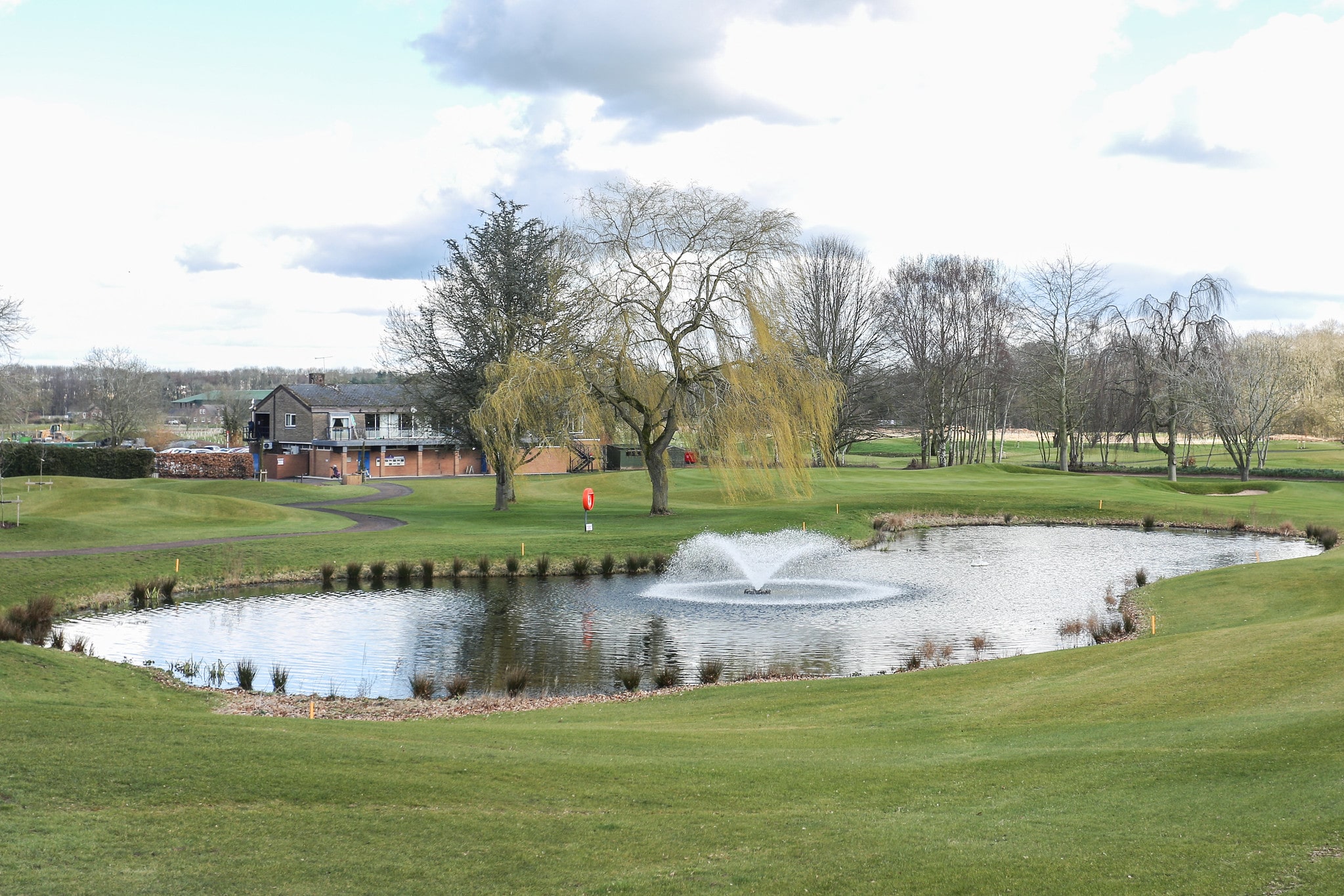
Drainage and soil management
Parkland golf courses are typically built on loamy soils, which retain moisture and may cause a build-up of water after heavy rain – so effective drainage is critical to avoid waterlogged courses and poor playability.
To avoid over-watering the course when weather conditions shift quickly, a state-of-the-art irrigation system is what’s needed. Toro’s Lynx Central Control enables you to effortlessly manage your water resources through an intuitive user interface and adjust your irrigation schedule in real time across the whole course, as Phil from Ingestre Park Golf Club can also confirm having chosen Toro Lynx Central Control System with Lynx Smart Modules for the greens, approaches, tees and fairways.
He says: “We irrigate at night or early in the morning and it’s so easy to control this should weather circumstances change from the time of pre-set. When you consider the warmer temperatures of the last few years and the prediction this will continue, to know our new course is in the best possible hands with the technology of Toro and Otterbine is particularly reassuring. If there were weather changes Lynx alerted us and application tweaks could be made. The level of detail and intuitive control Lynx provides is what’s needed.”
Simplifying turfcare with Toro and Reesink
Different types of golf courses require specialised maintenance plans and equipment.
Whatever the challenge, Toro has you covered, providing the best machines for all turfcare needs and continuously innovating to improve their offering.
Explore our latest articles to learn how Reesink helps you identify the perfect Toro machines for your club, find more information on golf courses and get more turfcare tips.